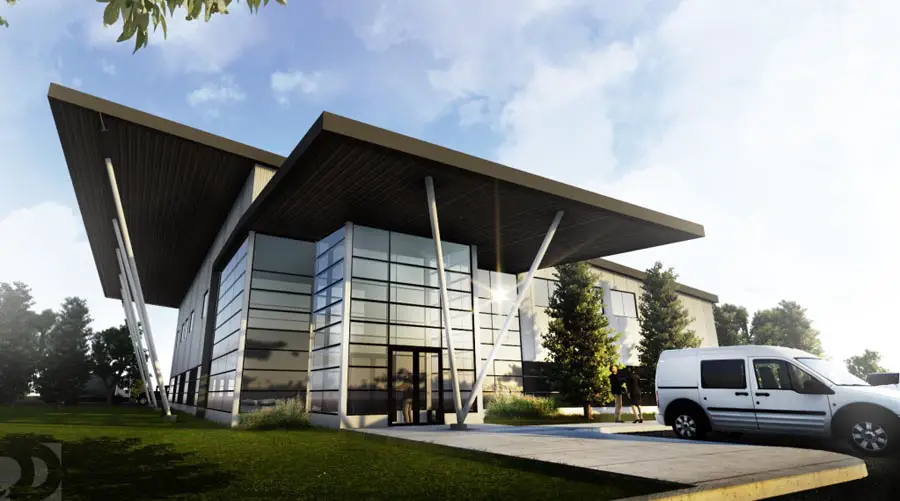Architectural Rendering Plants
For people today who're studying architecture and people that are currently within the profession, one of the most beneficial tools that they are able to use is architectural rendering, which enables them to make two-dimensional images of an architectural style. Using such a tool enables architects to view how a structure will look even just before construction starts, which tends to make it achievable to create the required adjustments which might be necessary just before developing the structure. Even so, with the improvement of computer-assisted architectural rendering, architects can now make three-dimensional pictures of structures utilizing their computers. Offered this, architects can now come up with extremely realistic 3D images of structures, which can really enable them accurately assess and modify the structure. Having said that, this tool will not only produce realistic 3D structures. Some of the software program that may be made use of in rendering provides really distinct particulars, specifically together with the structure's background and landscape.
3D plants
Previously, the technologies made use of to supply the plants in architectural rendering used " flat plants," which were plants that had been really chunky and would rotate as the structure is rotated. However, these types of plants have been incredibly unrealistic, as they would only show their front and didn't cast any shadows. As a result of this, the providers that deliver architectural rendering services tried to come up with extra realistic plants that they could use within the rendering that they did for their clients. They were able to do so by combining 3D expertise which might be applied for animation and computer games and by expanding each the software along with the hardware that they applied in order that they could come up with an elevated workload in terms of computing and larger memory needs. As a result, the plants that we see in architectural renderings currently look quite realistic, as they are also based on actual plant species. Unlike their earlier flat predecessors, the plants now cast genuine shadows and look fantastic from all angles.

In contrast towards the chunky and unrealistic plants that have been made use of in the past for computer-assisted 3d architectural rendering, the plants that we see right now in most virtual structures are lifelike. That is due to the fact the organizations that give architectural rendering solutions have taken the required measures, such as working with modern day animation technology and equipment, to provide realistic plants based on real species, which enhances the overall look from the architectural renderings that they develop.
3D plants
Previously, the technologies made use of to supply the plants in architectural rendering used " flat plants," which were plants that had been really chunky and would rotate as the structure is rotated. However, these types of plants have been incredibly unrealistic, as they would only show their front and didn't cast any shadows. As a result of this, the providers that deliver architectural rendering services tried to come up with extra realistic plants that they could use within the rendering that they did for their clients. They were able to do so by combining 3D expertise which might be applied for animation and computer games and by expanding each the software along with the hardware that they applied in order that they could come up with an elevated workload in terms of computing and larger memory needs. As a result, the plants that we see in architectural renderings currently look quite realistic, as they are also based on actual plant species. Unlike their earlier flat predecessors, the plants now cast genuine shadows and look fantastic from all angles.

In contrast towards the chunky and unrealistic plants that have been made use of in the past for computer-assisted 3d architectural rendering, the plants that we see right now in most virtual structures are lifelike. That is due to the fact the organizations that give architectural rendering solutions have taken the required measures, such as working with modern day animation technology and equipment, to provide realistic plants based on real species, which enhances the overall look from the architectural renderings that they develop.
Comments
Post a Comment